
How does an allergy manifest in the baby on the face and body? What can an allergy have an allergy to? How and what to treat it?
The content of the article
- What does the allergy look like on the body and on the baby's face?
- How to distinguish an allergy to infants from a baby?
- An allergy in infants: how to identify what?
- Video: Food allergies in a child
- Food allergies to the protein of cow's milk in the baby: symptoms for milk, kefir, cottage cheese
- Allergy to a mixture of infants: Symptoms
- An allergy to the cereals of the baby - buckwheat, oatmeal, rice: symptoms. Allergy to gluten, bread in the baby: symptoms
- Allergies to berries, fruits of vegetables in infants - zucchini, pumpkin, colored cabbage, watermelon, persimmon, apple: symptoms. Potato allergies for infants: Symptoms
- Sweet allergies and infantry sugar: Symptoms
- Allergy to beef meat, pork by infants: Symptoms
- Allergy in the sun, heat, cold, frost at the baby: symptoms
- Video: Cold allergies
- Eden powder allergies at the baby: Symptoms
- Apolting allergy to infants: symptoms and treatment
- Symptoms of contact allergies in infants
- How to treat allergies in a baby?
- Smecta, polysorb during an allergy in infants: how to apply?
- Enterosgel from allergies in infants: how to use?
- Activated carbon on infants for allergies: how to give?
- How to smear allergies on the face of a baby? Sudokrem, Fenistil Gel, Bepanten with allergies on the face of the baby
- Treatment of allergies with folk remedies in children
- Lavrushka and a series of bathing from allergies in newborns
- How quickly an allergy to the baby passes?
- Video: Food allergies
An allergy is a reaction of the baby’s not yet developed immune system to external or internal stimuli. Most often, they are a new food product in the diet of a mother or baby who already eats complementary foods, a new mixture (if the baby is not on breastfeeding) of the child, a new washing tool, medicines, animal hair, a pen and fluff, and others. This kind of allergy is manifested on the skin - the child is "pierced".
Important: to parents, having enlisted the support of a doctor, it is necessary to distinguish an allergic rash from prickly, insect bites and infectious diseases, such as measles, rubella, scarlet fever and so on.
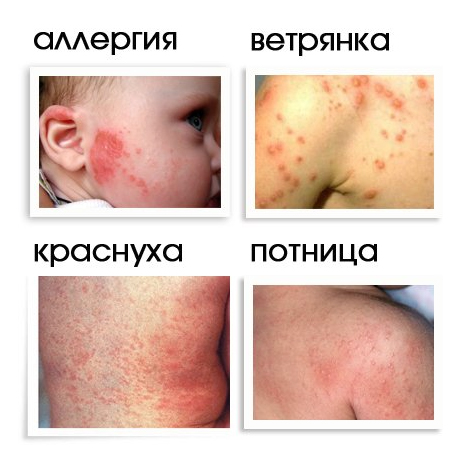
A rash for allergies, poking, infectious diseases.
It is important for them to know what the allergy of the baby on the face or on the body looks like.
What does the allergy look like on the body and on the baby's face?
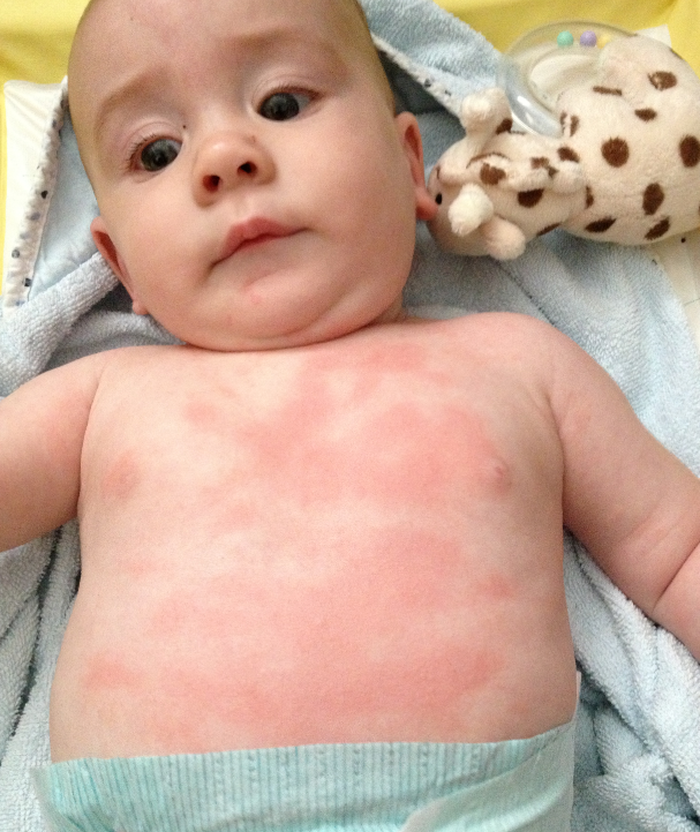
An allergic rash on the body of a baby.
Skin allergies in infants appear shortly after contact with the allergen.
- Itching red spots appear on the body. At the same time, changes in the general condition of the child are obvious - he is excited, plaxyv, sleeps poorly, sometimes eats poorly.
- On the face of the baby allergies, as a rule, manifests itself on the cheeks - at first they blush, are covered with a rash. The skin on the cheeks becomes dry and peeling, can be covered with a crust.
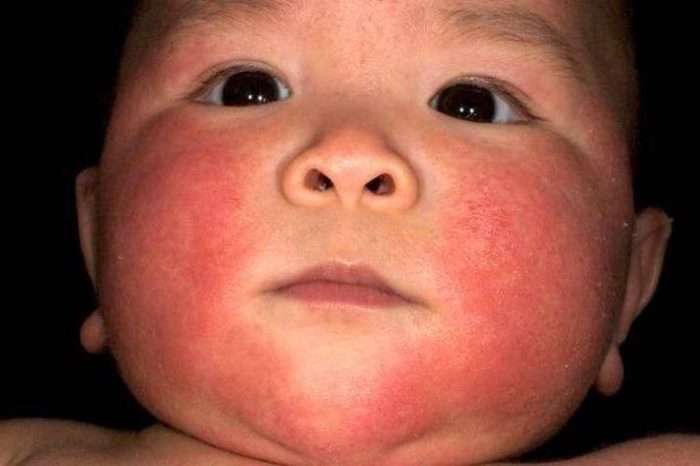
Allergy on the face of the baby.
How to distinguish an allergy to infants from a baby?
A rash on the baby’s body may appear because of the prick.
- Most often, sweating occurs because the child was dressed too warmly, or the weather is too hot on the street.
- Picking is manifested by white-pink pimples, bored on the baby’s neck, on his shoulders, on the buttocks, on the upper chest and back.
- As a rule, prickly does not cause anxiety for the baby.
- It is eliminated by bathing the baby in a bath with decoctions of a series, chamomile.
- You can also use a baby powder, well, and put on a child according to the surrounding environment.
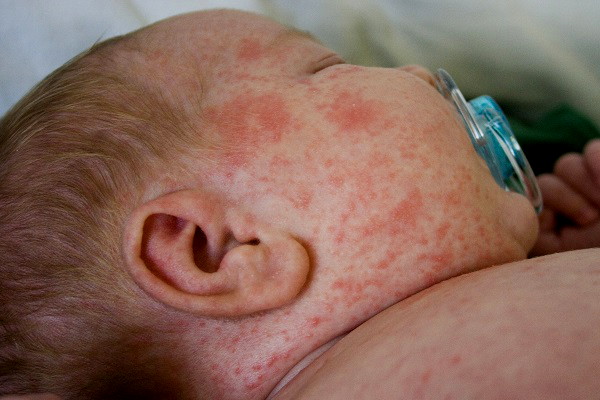
Prickly heat.
An allergy in infants: how to identify what?
There are several methods of determining where and why the child has an allergy.
- Observation.
Mom should think about what has changed in the nutrition or environment of the child, which could cause an allergic reaction. Accordingly, eliminate the allergen. - Maintaining a special food diary.
Mom writes in such a diary the date of the introduction of each new product into the diet of the baby or other changes in its feeding, also records the reaction of the child's body. Each new product should be introduced to the baby no earlier than two weeks after the previous one, then it will be simple to detect the food allergen. - Laboratory research.
They are carried out on the recommendation and direction of a pediatrician or allergist.
There are in the form of hood testing (a special injection of a disposable needle with an allergen), a scripture study (applying a scratch with an allergen on the skin) and intradermal examination.
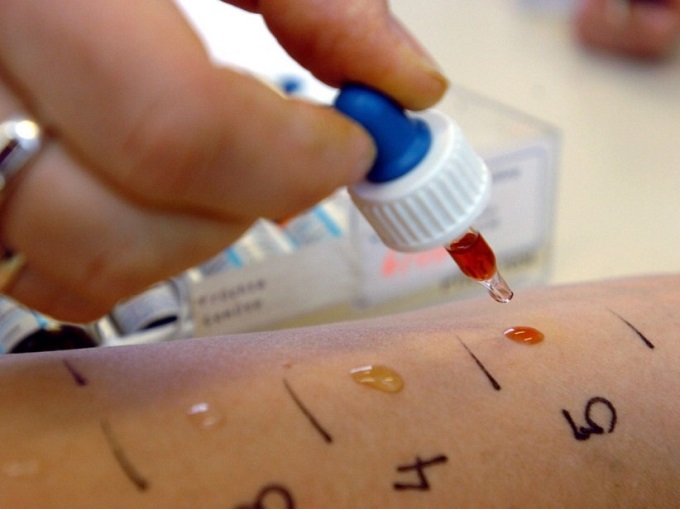
SHA - testing.
VIDEO: Food allergies in a child
Food allergies to the protein of cow's milk in the baby: symptoms for milk, kefir, cottage cheese
Cow milk and products from it are often the cause of an allergic reaction in infants. This is due to the presence of proteins in the cow's milk, such as:
- casein
- lactalbumin
- lactlobulin
And if the proteins of lactalbumin and lactaloglobulin are destroyed by boiling, then casein is thermo -resistant protein, its presence is the main cause of the allergy in the form of an itchy rash on the cheeks, buttocks and forearms of the baby.
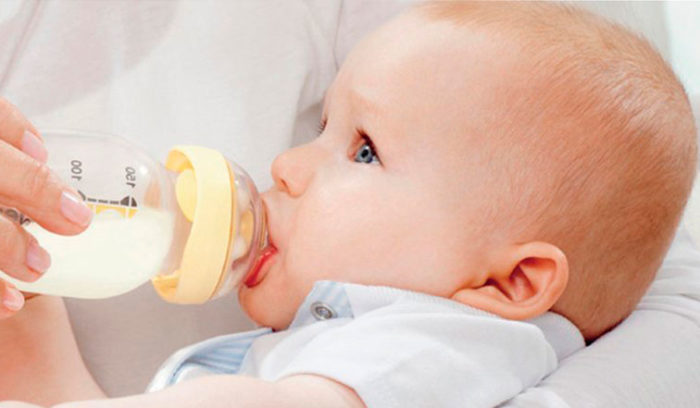
The baby may have an allergy to the protein of cow's milk.
The most dangerous is that the baby for milk has not only a rash on the body.
An allergy may appear:
- vomiting, bloating, diarrhea
- sneezing, cough, rhinitis
- weight loss, lethargy, irritability
To confirm the allergic reaction of the baby to cow's milk, a pediatrician or an allergist can prescribe special molecular diagnostics.
Allergy to a mixture of infants: Symptoms
Allergic reactions in children up to a year occur even to the most seemingly technological mixtures, those that are made by firms with the most stable reputation. It's all about the individual susceptibility of the baby. The reaction is in the form:
- nettlers
- dermatitis
The rash appears on the cheeks, on the back, on the buttocks, on the legs, it bothers the child, causing it to itch and irritation. Some digestive problems may also happen.
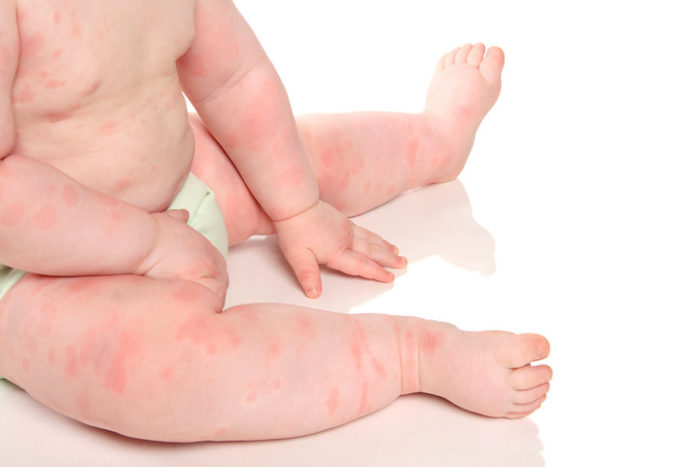
A child under a year can "pour" on a children's mixture.
Important: what should mom do in this case?
Firstly, to engage in the skin of the child so that the manifestations of allergies do not bother the baby.
Secondly, stop giving it such a mixture and try to a friend. It is possible that you will have to try several options for the children's mixture until the one that suits the baby is selected. If this is difficult to do, you need to go to an appointment with an allergist who will prescribe treatment to clean the baby's body.
An allergy to the cereals of the baby - buckwheat, oatmeal, rice: symptoms. Allergy to gluten, bread in the baby: symptoms
In rice, oatmeal, buckwheat, other cereals, as well as in bread, high -molecular vegetable protein gluten is contained in a significant amount. It is a strong allergen.

Products - allergens with gluten.
If the reaction to gluten appears in infants, then it may well disappear as the child develops in the digestive system, when it develops more enzymes that break down proteins. Therefore, cereals are introduced into the child’s diet gradually, from the moment he turns six months.
Symptoms of allergies to cereals, cereals and bread are as follows:
- The most obvious indicator is dermatitis on the knees, on the elbows, on the neck, head and buttocks.
- The skin is pale.
- The child cries and annoyed.
- With prolonged allergies, weight loss and even developmental delay is possible.
Of course, with this state of the child, you will need a doctor’s consultation and the adjustment of the nutrition. A very young child is a reaction to allergies to gluten using the method of immunoenzyme analysis of venous blood.
Allergies to berries, fruits of vegetables in infants - zucchini, pumpkin, colored cabbage, watermelon, persimmon, apple: symptoms. Potato allergies for infants: Symptoms
All parents know that the time comes to bring various vegetables, berries and fruits into the diet.
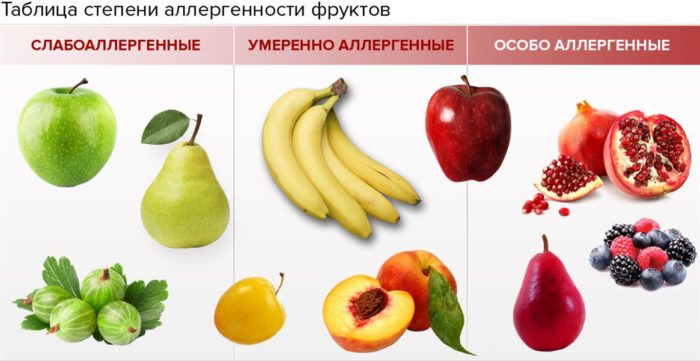
The degree of allergenic fruit.
- Feeding begins with the safest products, the so -called hypoallergenic. Among these: potatoes, zucchini, cabbage colored, broccoli.
- If the child normally tolerates the introduced complementary foods from these vegetables, gradually his diet can be diversified by other vegetables, such as cauliflower, pumpkin, green peas.
- But carrots, beets, tomatoes, radishes, eggplants belong to high allergenic vegetables, so you need to introduce them into the baby’s diet extremely carefully, as well as watermelon and persimmons, other products of bright, especially red colors. The exception is green, so the apples for feeding the baby need to choose green.
- Especially carefully need to feed the child with exotic fruits, since they are unusual for our area, and since various chemicals were used to transport and storage 100%.
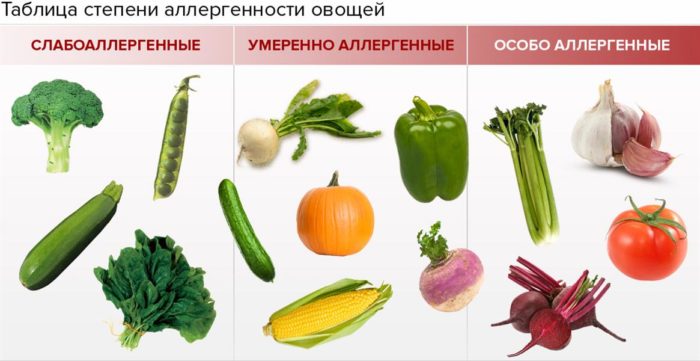
The degree of allergenicity of vegetables.
Allergy to fruits and vegetables can appear right in front of the eyes in the form:
- nettlers
- scabies
- swelling of the skin in places of redness
- swelling and itching of lips
It is also dangerous that skin reactions are accompanied by reactions from the gastrointestinal tract (vomiting, diarrhea) and respiratory organs (from rhinitis and sneezing to anaphylaxia).
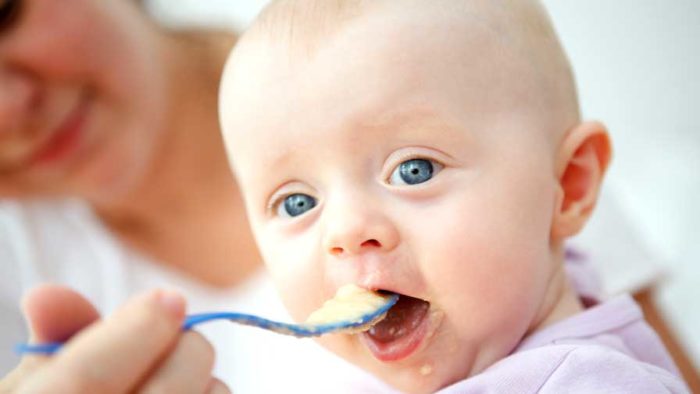
An allergy to potatoes in a baby can manifest symptoms from diarrhea and rash to the edema of the respiratory tract.
In extremely rare cases, a child may allergies to potatoes and mashed potatoes. Most likely, this is due to the fact that the potatoes used to make mashed potatoes were with chemical fertilizers, nitrites and pesticides. If there is no certainty as a potato for food for a baby, advice: soak the potatoes in salt water for several hours before cooking.
A child with allergies to potatoes:
- the mucous membrane of the oral cavity (lips, tongue, throat) swells or swells)
- the face swells
- nettle appears, itching in the rashes
- breathing is difficult, coughing begins
- diarrhea and vomiting occur
- head hurts, sleep is broken
Sweet allergies and infantry sugar: Symptoms
A feature of allergies to sucrose contained in sugar, including in honey, is that it quickly breaks up, enters the bloodstream and spreads throughout the body.
The most common symptoms:
- redness and itching of the skin in the neck, face, arms and legs in the form of spots
- quincke's edema, anaphylactic shock and suffocation
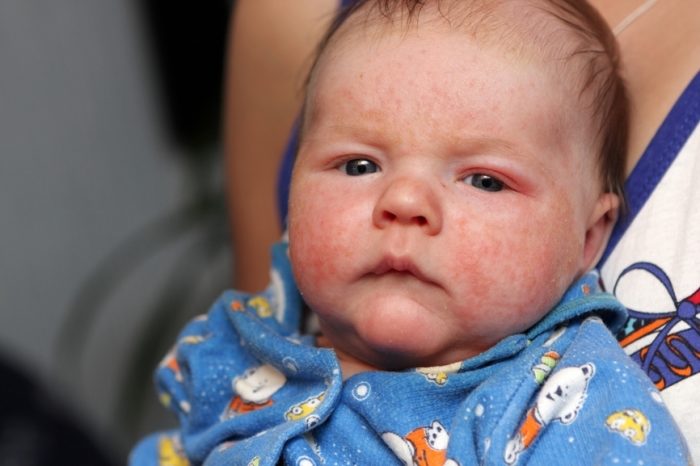
Sugar is one of the strongest food allergens, from which the skin blushes and itch in infants.
The analysis of the nutrition of mom and child will help to identify allergies to sweet.
The treatment of such an allergy is a complete rejection of sweet and confectionery products, if possible, the exclusion from the nutrition of all products - allergens until the symptoms disappear, which may pass on their own. In more serious cases, you will need detoxification therapy prescribed by a doctor.
Allergy to beef meat, pork by infants: Symptoms
Allergies to various types of meat can suffer both adults and children. In breast children, symptoms of such allergies can appear if:
- nursing mom broke her diet
- meat feeding was introduced, and the child’s body is not yet able to cope with new substances entered by it
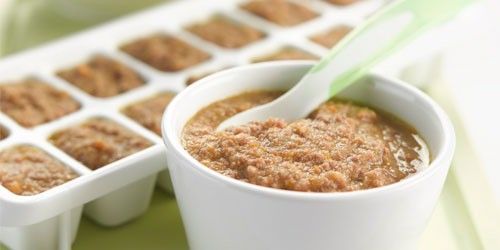
The meat feeding of the baby should consist of hypoallergenic sots of meat: rabbit, turkeys, veal.
The baby may have:
- disorders in the digestive system
- rinoconjunctivitis
- dermatitis: rashes in the form of urticaria
The most allergenic types of meat include pork, beef, chicken. The least rabbit and turkey. Therefore, it is better to start feeding the baby with the latter. If complementary foods begin with chicken, then you need to choose that part of the meat where there are fewer muscle proteins and blood vessels, that is, breast and other lean parts.
Allergy in the sun, heat, cold, frost at the baby: symptoms
The delicate skin of the baby is very subject to climate fluctuations, which, unfortunately, can manifest itself in an undesirable reaction to the heat, sunlight, cold and frost:
- From the skin. The child has an allergic rash in the form of itchy red spots or blisters. The skin becomes swollen, painful in touch.
- From the respiratory system: difficulty breathing, rhinitis, headache, anxiety. Of course, the baby will not be able to tell about the headache of the baby, but the mother will be able to notice other signs herself.
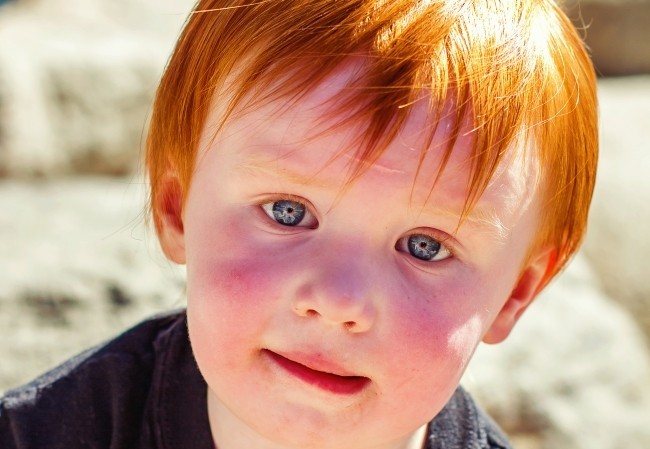
Allergies in the sun.
Sometimes an allergy to climatic conditions can be complicated by the introduction of a new product and its intolerance, the use of drugs, and so on.
On walks, mom should choose for the baby a place without open sunlight and time, when ultraviolet rays are not too strong. It is better to go out with the baby early, in cool, dressing it accordingly. They will help dousing and washing the baby in fresh water.
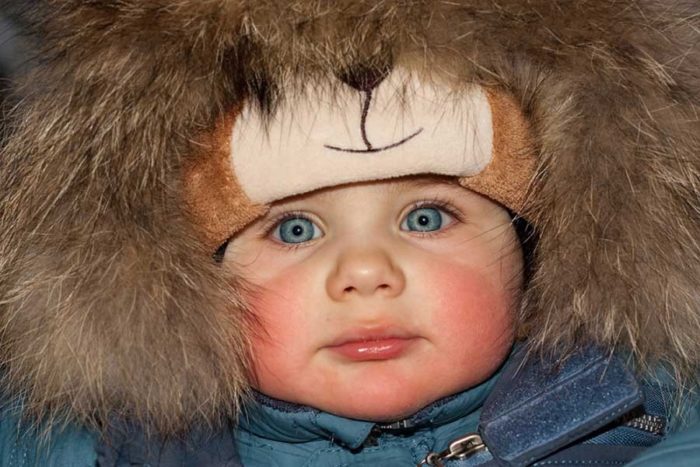
Allergy to the cold.
In the case of allergies to cold and frost, redness and itching on the skin of the baby appear in open areas - on the face, pens. Sometimes symptoms of conjunctivitis or colds appear. In a warm room, houses, symptoms can pass without a trace, but until the next exit to the cold and wind. If the mother does not cope herself, she must definitely consult a doctor about such a reaction of the child.
In difficult cases, allergies can be more intense rashes of spotted-sized rash. The reddened skin of the baby is itching and peeling.
Recommendations on the elimination of cold allergies are as follows:
- limited open -air stay
- corresponding weather wrapping the baby
- lubrication of the cheeks of the child with a special children's winter protective cream before going outside
- putting a mother or baby in accordance with the doctor's recommendations
VIDEO: Cold allergies
Eden powder allergies at the baby: Symptoms
The smallest linen is recommended to be washed with baby soap. No matter how much the powder for children is marked, it can still contain chemicals that can sometimes provoke an allergic reaction in the child, which manifests itself in the form of:
- redness and irritation on the skin
- rhinitis (since the child inhales the remaining microparticles)
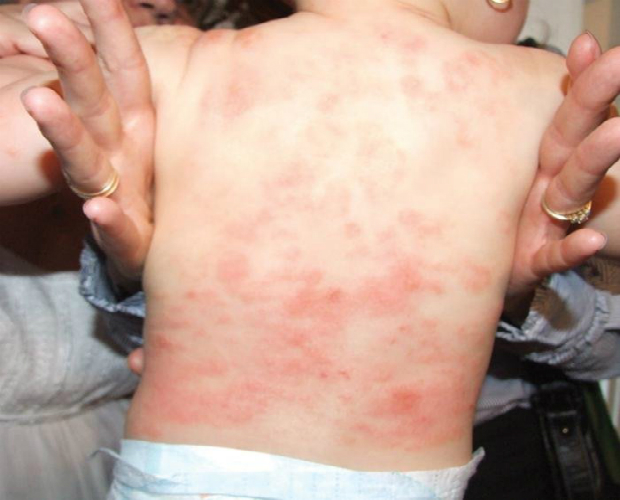
Allergy to washing powder.
The treatment consists in observing the washing hygiene, multiple rinsing clothes and its ironing, as well as in the regular bathing of a child in solutions of medicinal herbs such as a series.
Apolting allergy to infants: symptoms and treatment
At the time of flowering of plants, and this can continue during spring and summer, in some, including infant children, an allergy to pollen, carried by the wind in the air.
She manifests:
- redness of the eyes
- rinite
- redness of the skin
- irritability and crying a child
What can mom do to protect the baby from these manifestations?
- Walking with the baby preferably in cool times, good after rain, but not in hot, dry weather.
- In hot and dry weather, it is worth hanging the window with gauze and moisten it regularly, and leave the child at home.
- After the baby’s walk, you need to wash, washing his eyes and nose, cleaning his ears.
- The baby’s clothes must also be changed more often, especially after a walk.
- Limit in food a nursing mother or who has switched to artificial feeding the baby in potentially allergenic products.
In cases of a stronger manifestation of allergies to pollen, you will need a mandatory consultation of a doctor.
Symptoms of contact allergies in infants
Contact allergies mean the body's reaction to direct contact with the stimulus. Among those can be synthetic clothes, toys, washing powder and so on.
Important: contact allergies are manifested in the form of a rash on the body of a child with the shape of red spots and dots. The skin in the places of redness itchs, peels and cracks.
How to treat allergies in a baby?
Important: only a doctor under thorough and regular supervision is engaged in drug treatment for allergies in infants. It is aimed at cleansing the child’s body, removing edema and irritation on the skin, preventing more serious consequences.
Preparations aimed at treating a child are divided into several groups:
Antihistamines:
- Suprastin, Tavegil (belong to first -generation drugs)
- Loratadin, Zyrtex (have a prolonged action)
- Gismanal, peat (third -generation preparations aimed at accumulating from the body and preventing, thus, the appearance of allergies)
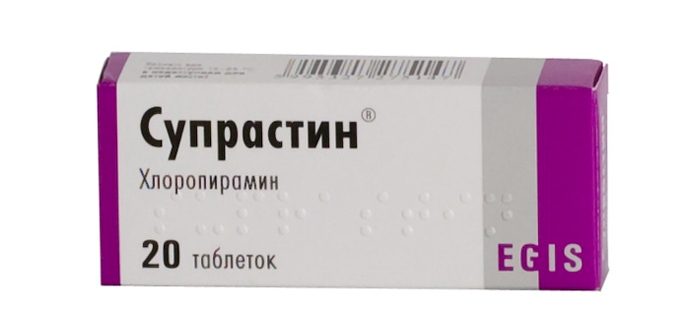
Medicine for allergies: Suprastin.
Enterosorbents: Polysorb, Enterosgel.
Most often, their action is aimed at combating food allergies.
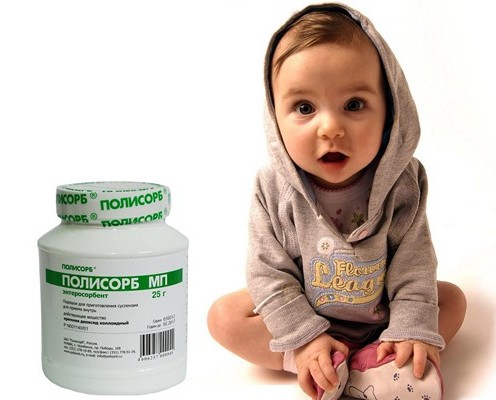
Medicine for allergies: Polysorb.
The ointments will be needed in order to calm and cure the manifestation of allergies to the skin, relieve inflammation, irritation, itching. Antihistamine drugs in the form of ointments are:
- Bepanten
- Dioxidine
- Sulfargin
- Ichthyol ointment
- Fenistil
- Tavegil
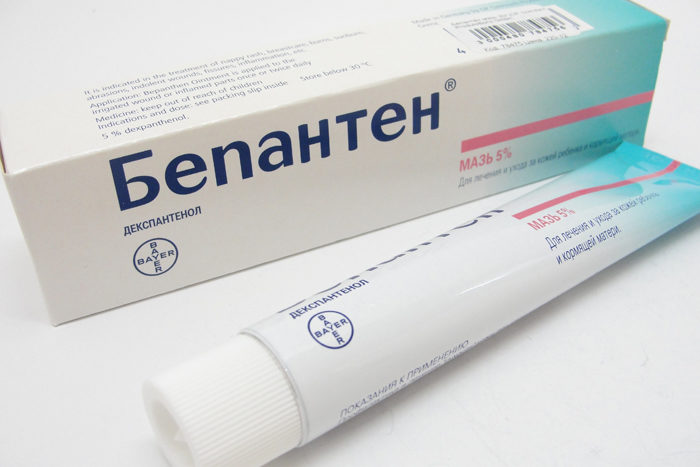
Medicine for allergies: Bepanten.
Important: some ointments (the doctor will tell you in more detail) rub them, mixing them with part of the baby cream.
Smecta, polysorb during an allergy in infants: how to apply?
Smecta and polynosa effectively fight food allergies.
- Smecta for children is given up to a day up to a day, dissolving 1 bag for a day.
Children from 1 year to 2 years old will need 1, 5 - 2 bags per 6 doses during the day. - Polysorb for the baby, according to indications, can only be prescribed by a doctor. Parents themselves are not recommended to give it to the infants up to a year.
Dilute the powder of the drug with water and give the child for 30 minutes or an hour and a half after eating according to the formula: the weight of the child: 10.
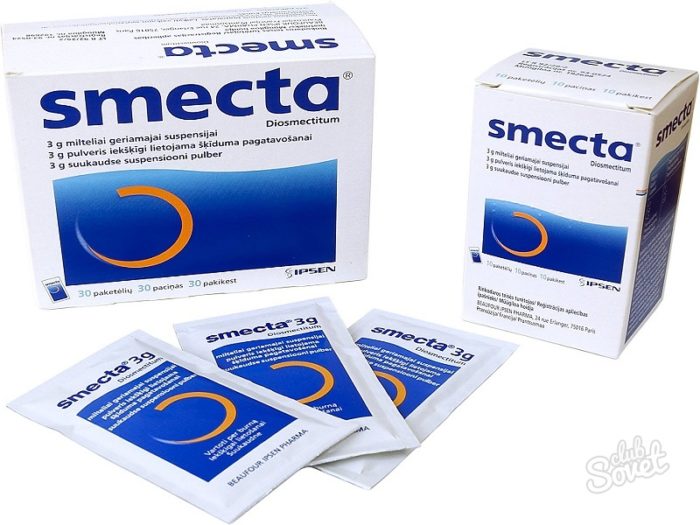
Medicine for allergies: Smecta.
Enterosgel from allergies in infants: how to use?
Enterosgel helps to cleanse the body and remove allergen from it. This tool has long and effectively prescribed for allergies. Before giving it to the baby, it is best, of course, get the doctor's recommendations. As a rule, Enterosgel independently give babies OP 0, 5 teaspoon with 20 - 30 ml of water between feeding three or four times a day.
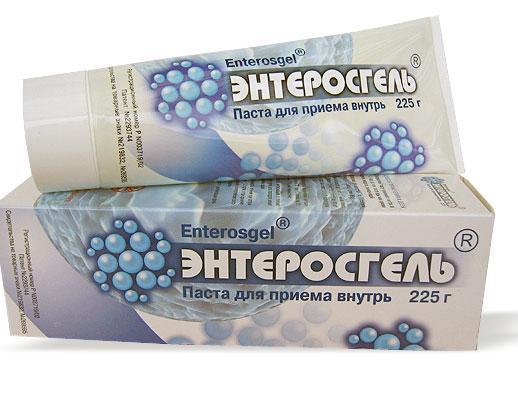
Doctrine from allergies: Enterosgel.
Activated carbon on infants for allergies: how to give?
Infants up to 3 months to give any medicine, at first glance, harmless, without a doctor’s prescription do not need. If suddenly it was necessary to clean the body, then the baby, located on breastfeeding, can be done "through mom." Mom can take activated carbon if there were errors in the diet and an allergic reaction arose, at the rate of 1 tablet per 10 kg of weight.
If you still needed to give activated charcoal to the baby, then you can take 1/3 of the coal tablets, carefully crush it in water and let the child drink 3 times a day.
Important: activated carbon is aimed at cleaning the intestines and stomach, but not blood. And allergens accumulate and spread in this way. Therefore, the drug helps only partially.
How to smear allergies on the face of a baby? Sudokrem, Fenistil Gel, Bepanten with allergies on the face of the baby
The skin with signs of allergies on the face of the baby can be smeared with non -hormonal and hormonal ointments. These local drugs cope well with their task and are recommended for the smallest children.
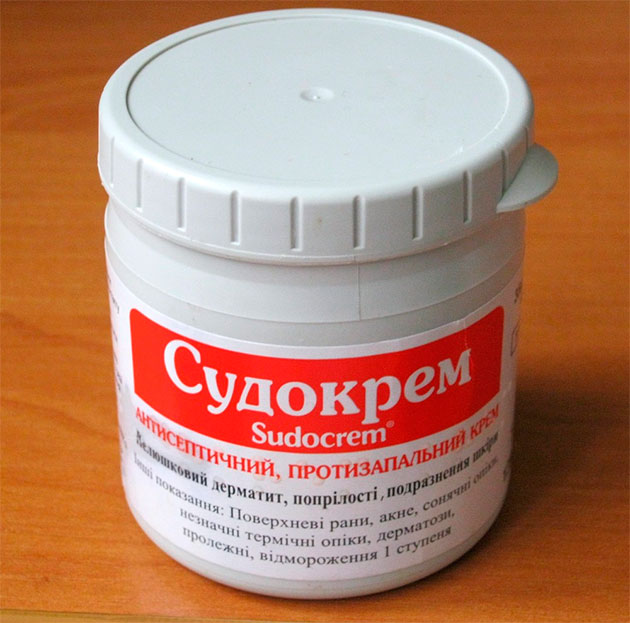
Ointment from allergies: Sudokrem.
The non -hormonal includes:
- Bepanten
- Vundeechil
- Elidel. N
Hormonal ointments:
- Flucinar
- Advantan
- Elokom
Important: the doctor will prescribe hormonal ointments containing corticosteroids for chronic or extensive allergies, if non -hormonal did not help.
Treatment of allergies with folk remedies in children
Any treatment of any allergy in a small child should be controlled by a doctor. This is especially true for drug allergies, or allergies that manifested in the serious condition of the child.
Folk remedies for treatment, as well as pharmacy, can be very active and bring both benefits and harm.
The most harmless and popular treatments for allergies in young children are baths with herbal decoctions. Such baths are recommended for the delicate and sensitive skin of the child from his very birth. In addition to the good effect on the skin, such baths soothe the nervous system, and the child sleeps better.
- You can cook baths with a decoction of a series or chamomile, oregano.
- You need to bathe a child in such a bath in a day, after the procedure, do not rinse it, but gently smoke with a towel.
- The water temperature should not be very hot and not cool, 37, 5 degrees.
According to the reviews of mothers who cope with allergies in infants, the tincture of bay leaf has a good effect.
Lavrushka and a series of bathing from allergies in newborns
The bay leaf has many useful properties, and it can be used both for baths and for infusion of orally.
For example, it follows:
- pour O, 5 liter boiling water 20 laurel leaves
- boil for 5 minutes
- let it brew 20 minutes
- strain and store in the refrigerator
- a child up to 3 months to give such a product 3 drops in mouth 4 times a day.
- give a child from 3 months to 1 year old already 10 drops 2 times a day
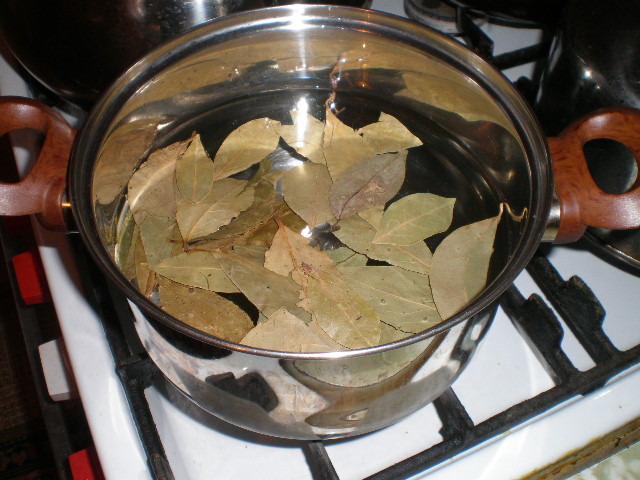
A decoction of bay leaf is a folk remedy for allergies in children.
You can try to give brewed bay leaf along with rosehip.
You will need:
- a glass of rosehip berries
- 5 bay leaves
- 1 liter of water
Everything is poured with boiling water and insisted for 2 days. Next, the decoction is filtered and stored in the refrigerator. They give the child to a child up to 3 months on a teaspoon 4 times a day, a child up to 1 year old - on a tablespoon.
How quickly an allergy to the baby passes?
The speed of curing the infant from allergies depends on many factors:
- type of allergen, duration and intensity of its effect
- from the individual characteristics of the baby's body
- compliance with the diet
- timeliness of treatment
Some symptoms of allergies may be abyss for one or two days, some will have to treat a month and, possibly, longer.
